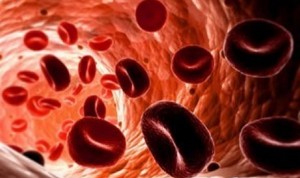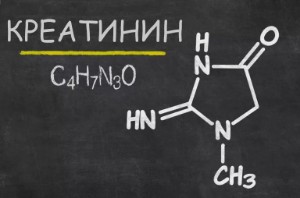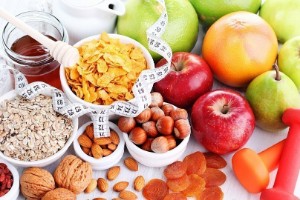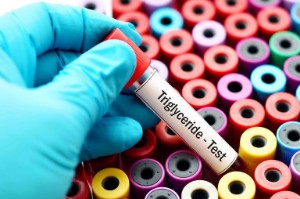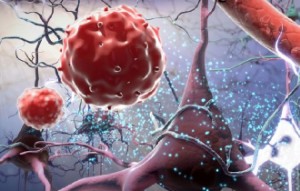Tips on how to increase the iron content in the human body and blood
 The general condition of the body directly depends on how well the cardiovascular and circulatory systems function. These are the key factors that ensure the proper functioning of all other organs and systems of the body, including brain activity.
The general condition of the body directly depends on how well the cardiovascular and circulatory systems function. These are the key factors that ensure the proper functioning of all other organs and systems of the body, including brain activity.
The worn-out cardiovascular system, which does not fully cope with the performance of its functions, contributes to the appearance of deficiencies in the process of blood circulation, deviation of blood composition from normal values, thereby depressing the state of the body, which, in turn, leads to even worse heart function.
In addition to the functionality performed by the heart, the blood composition also has significance. In order to provide the organs of the body with sufficient nutrition, the blood must contain certain substances in the right proportions, in particular iron.
According to research, the concentration of iron in the blood can be effectively adjusted by changing the diet.
In this article, we will discuss the functions and norm of iron content in human blood, as well as provide a list of the most effective tips on how to increase its level in the body.
Content
Functions and norm of iron in the blood
The function of iron in the body is diverse. On the one hand, iron is involved in the synthesis of collagen, deoxyribonucleic acid (DNA), in the formation of immune and enzymatic reactions.
In addition, iron is involved in the synthesis of hemoglobin is one of the most important proteins for human life. Hemoglobin provides oxygen supply to tissues and the excretion of carbon dioxide.
Blood iron content tests are performed in various ways:

- Through clinical analysis of capillary blood;
- By analyzing the binding ability of blood serum based on venous blood analysis;
- By analyzing serum iron levels;
- Other.
The established norms of iron content for different groups assume corresponding to it Hemoglobin levels . So, for children, women (including during pregnancy) and men, the following values of the norm are established:
| Group: | Iron level (*/L): | Hemoglobin level (g/L): |
| Newborns; | 18-45 mmol; | 220; |
| Up to a year; | 7-18 mmol; | 110-150; |
| 1-14 years old; | 9-22 mmol; | 110-150; |
| Women; | 9-30 mmol; | 120-150; |
| Women during pregnancy; | 9-30 mmol; | 110-120; |
| Men; | 12-31; | 130-170. |
A whole range of factors have an impact on iron levels. These are lifestyle, bad habits, genetic hereditary predisposition, and a reduced ability of the body to absorb and store iron. However, all other things being equal, it is nutrition that has the most significant impact.
Signs of deficiency
Among the external symptoms of iron deficiency, it is worth highlighting:
- Brittleness and dryness of hair, nails;
- "blue" lips;
- Unnatural pallor of the skin;
- Frequent shortness of breath with minor physical exertion;
- Weight problems;
- Fatigue , headaches, dizziness, migraines.
5 Nutrition Rules to Enhance It
In order to quickly restore and maintain the level of iron in the blood at an acceptable level for health, it is important to establish an appropriate diet. What does this mean?
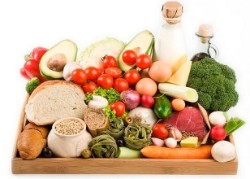
- First of all, when drawing up a diet, it is important to take into account the time and number of meals during the day. It is important to eat daily at the same time. This leads to a significant improvement in the degree of absorption of nutrients by the body;
- Secondly , it is necessary to take into account the recommendations for the distribution of nutrients throughout the day for daily maintenance of health and activity;
- Third, it is necessary to include in the diet those foods whose consumption contributes to an increase in ferritin levels with its deficiency;
- Fourth, it is worth excluding those foods whose consumption lowers the level of iron in the blood;
- And finally, it is definitely worth considering all the specific individual needs of the body and possible contraindications.
4 groups of the most important products
When choosing products that increase iron in the blood, you should pay attention to the way the animal is raised. The health of meat guarantees natural fattening without the use of antibiotics and other dangerous and harmful substances. Which foods are most useful? It is worth paying attention, first of all, to the following list:
1. Meat and poultry
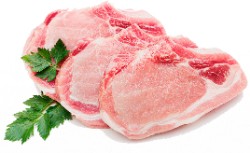 Iron is found in large quantities in meat
, to the bird,
liver
. From meat, preference should be given to veal, beef, lamb, mutton, lean pork.
Iron is found in large quantities in meat
, to the bird,
liver
. From meat, preference should be given to veal, beef, lamb, mutton, lean pork.
From poultry: chicken, turkey, duck and guinea fowl. Liver is also useful: beef, pork, turkey, cod liver, etc.
2. Fish, seafood, algae
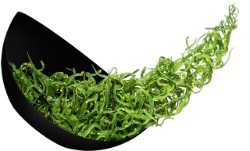 Iron is also found in large quantities in seafood
: fish, shellfish, caviar, etc. The most useful are salmon and sturgeon and their caviar, tuna, sardines, herring.
Iron is also found in large quantities in seafood
: fish, shellfish, caviar, etc. The most useful are salmon and sturgeon and their caviar, tuna, sardines, herring.
From shellfish: mussels, shrimps, oysters and rapan.
From algae, attention should be paid to kelp and fucuses.
3. Cereals
 Buckwheat contains the most iron . Moreover, the so-called "green buckwheat" is not more useful, but the so-called "green buckwheat".
Buckwheat contains the most iron . Moreover, the so-called "green buckwheat" is not more useful, but the so-called "green buckwheat".
In addition, it tastes better, and the way it is prepared implies the preservation of more useful substances. It is also worth paying attention to oatmeal, barley and rye.
4. Vegetables, herbs, fruits, berries, nuts
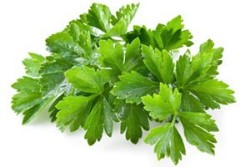 Fresh seasonal vegetables are useful
, greens, fruits, berries, including spinach, broccoli, beans, lentils, pomegranates, plums, pear, apple, pineapple, feijoa, mango, peaches, raspberries, blueberries, gooseberries, mulberry (mulberry tree).
Fresh seasonal vegetables are useful
, greens, fruits, berries, including spinach, broccoli, beans, lentils, pomegranates, plums, pear, apple, pineapple, feijoa, mango, peaches, raspberries, blueberries, gooseberries, mulberry (mulberry tree).
Also huge nuts have benefits for iron levels . Nuts must be present in the diet, as they participate in the most important processes and have a universal restorative effect on the body.
Besides, it's worth eating chicken and quail eggs and dried fruits . The latter are perfect in winter as a substitute for seasonal fresh fruits.
Also pay attention to the table
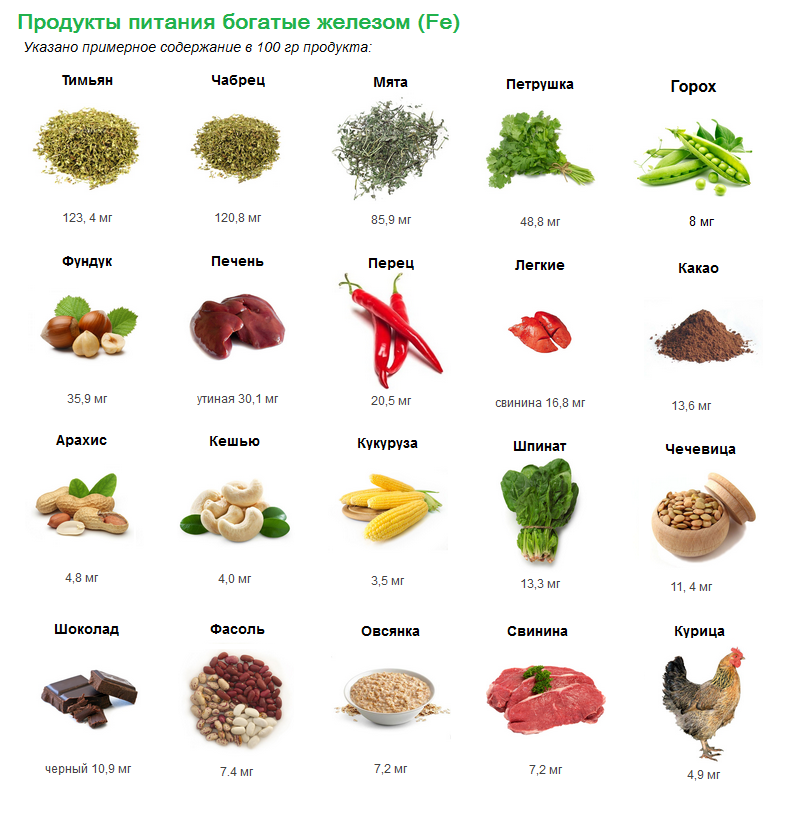
Folk remedies
In case of severe iron deficiency, in addition to dietary adjustments, the doctor may prescribe medication. This does not mean that there is no need for the corresponding above-mentioned diet. Proper nutrition in any case will play an important role in recovery and maintaining a healthy state.
What else can you do to raise iron in the blood without pills? It may be effective to turn to proven folk remedies. Among them:
 Freshly squeezed juices and their combinations:
Freshly squeezed juices and their combinations:
- Beetroot-carrot;
- Apple-cranberry;
- Carrots;
- Apple-lemon-beetroot-carrot;
Infusions, decoctions, as well as their combinations:

- St. John's wort-clover-white jasnotka-blackberry leaves (one tablespoon of each ingredient per 200 ml of boiling water)– insist for half an hour, drink 30-50 ml per day (course – month);
- Rosehip-rowan (three tablespoons of each berry per 200 ml of boiling water) – insist for 10-20 minutes, take 100 ml before meals three times a day;
- Honeydew (two tablespoons per 200 ml of boiling water) – insist for 20 minutes, take half a spoonful on an empty stomach;
- Rosehip – honey – as a healing tea.
And what reduces its level?
In addition to including foods in the diet that stimulate an increase in serum iron, it is also important to exclude foods that reduce it.
These include, first of all, the following:

- Fast food and junk food - fatty, very salty food fried in copious amounts of oil;
- Snacks and snacks with the addition of preservatives &8212; chips, crackers lead to depletion of nutrients in the body;
- Soda (sweet) – leads to the leaching of nutrients, contains phosphates;
- Containing calcium in large quantities (milk and products based on it);
- Containing phytates (primarily bread and a variety of beans);
- Soy and milk protein ;
- Tannin-containing (tea, coffee, persimmon).
Useful video
We suggest you watch this video:
Conclusion
So, the human body is an inextricably interconnected system. Problems of the cardiovascular system are both caused and predetermined at the same time by the general deterioration of health. Comprehensive measures are also required to improve the situation, including:
- Giving up bad habits (primarily from eating junk food, excessive alcohol, coffee and smoking);
- Improvement of the local environmental situation;
- Active life;
- Limited, not too intense physical activity, including, if possible, outdoors;
- Getting rid of stress ;
- Good mood ;
- Improving diet and nutrition regime;
- Consumption of sufficient clean water.
It is comprehensive measures combined with taking responsibility for one's own health that can prolong life and improve its quality.

